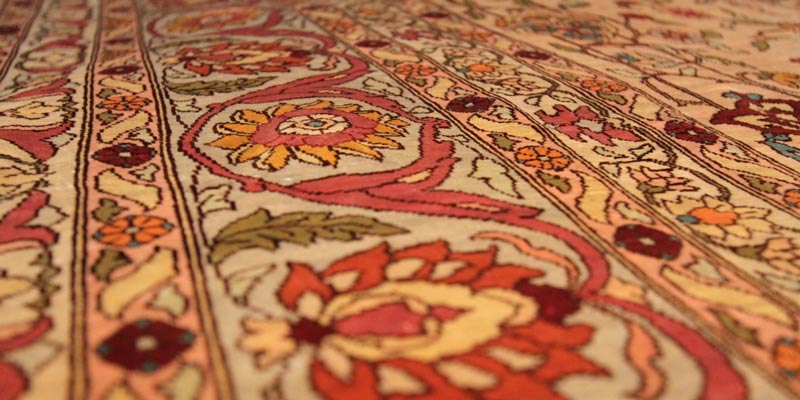🧵 Persian Carpets of Iran – The Soul of Iranian Art | Discover & Buy with WegoIran.com
The Persian carpets of Iran are world-famous handwoven masterpieces that reflect centuries of tradition, craftsmanship, and culture. If you’re planning a trip to Iran, don’t leave without experiencing these iconic rugs firsthand—whether visiting weaving workshops, exploring carpet bazaars, or taking home an authentic piece of Persian artistry.
🏛️ What Makes Persian Carpets of Iran So Special?
With over 2,500 years of tradition, Persian carpets of Iran are globally admired for their:
💠 Intricate craftsmanship and hand-knotting techniques
🎨 Rich natural dyes and timeless Persian motifs
🧶 Luxurious materials—silk, wool, and cotton
🗺️ Regional identity, with each Iranian province offering unique styles
📍 Best Cities in Iran to See or Buy Persian Carpets
🕌 Isfahan – Cultural Capital of Persian Carpet Weaving
Famous for fine silk carpets with Islamic geometric patterns. Explore Isfahan’s Grand Bazaar and carpet shops on a guided Iran culture tour.
🔗 Visit Isfahan
🧵 Tabriz – UNESCO-listed Carpet Heritage
Tabriz carpets are renowned for durability, classical medallion design, and knot precision.
🔗 Tabriz Carpet Tradition – UNESCO
🌄 Kerman & Yazd – Unique Motifs and Natural Colors
Kerman carpets feature floral patterns and vivid natural dyes. Yazd is known for simpler, desert-influenced themes.
🐑 Nomadic & Tribal Carpets – Qashqai, Bakhtiari, Lori
Handwoven by nomadic tribes, these carpets use bold colors and geometric motifs to tell cultural stories.
🧳 Persian Carpet Shopping Experience in Iran
Looking to buy Persian carpets in Iran as a once-in-a-lifetime souvenir?
✅ Explore traditional bazaars in Tehran, Isfahan, Shiraz, and Tabriz
✅ Meet master weavers at authentic workshops
✅ Learn how to identify genuine handwoven rugs
✅ Get expert help with safe international shipping
📷 Alt tag suggestion for related image: Persian carpets of Iran displayed in Isfahan bazaar
✨ Persian Carpets in Iranian Culture
Persian carpets are deeply embedded in Iranian daily life and spirituality:
🏠 Found in every home, palace, and nomadic tent
📜 Passed down through generations as family heirlooms
🎁 Given as gifts and symbols of hospitality
🧘 Used in prayer and social ceremonies
📦 Add Persian Carpet Experiences to Your Iran Tour
At WegoIran, we offer customizable Iran tours that include carpet-based cultural experiences:
🧶 Persian Carpet & Culture Tour
Visit Isfahan, Tabriz, Kashan, Yazd, and Shiraz
Tour artisan workshops and museums
Buy directly from rug makers
Learn symbolism behind Persian carpet designs
🎨 Combine with Other Persian Arts
Pair carpet tours with:
– Miniature painting
– Persian calligraphy
– Tile & ceramics workshops
🔗 Iran Culture Tours with WegoIran
Persian carpet, like Persian garden, is a closed area and safe from its surroundings. It’s an oasis in the middle of the desert.


